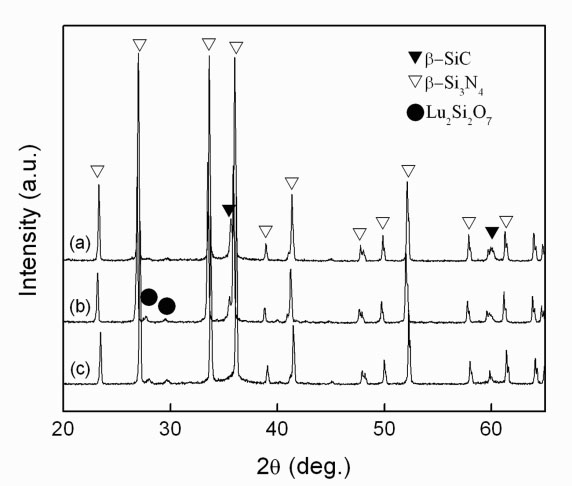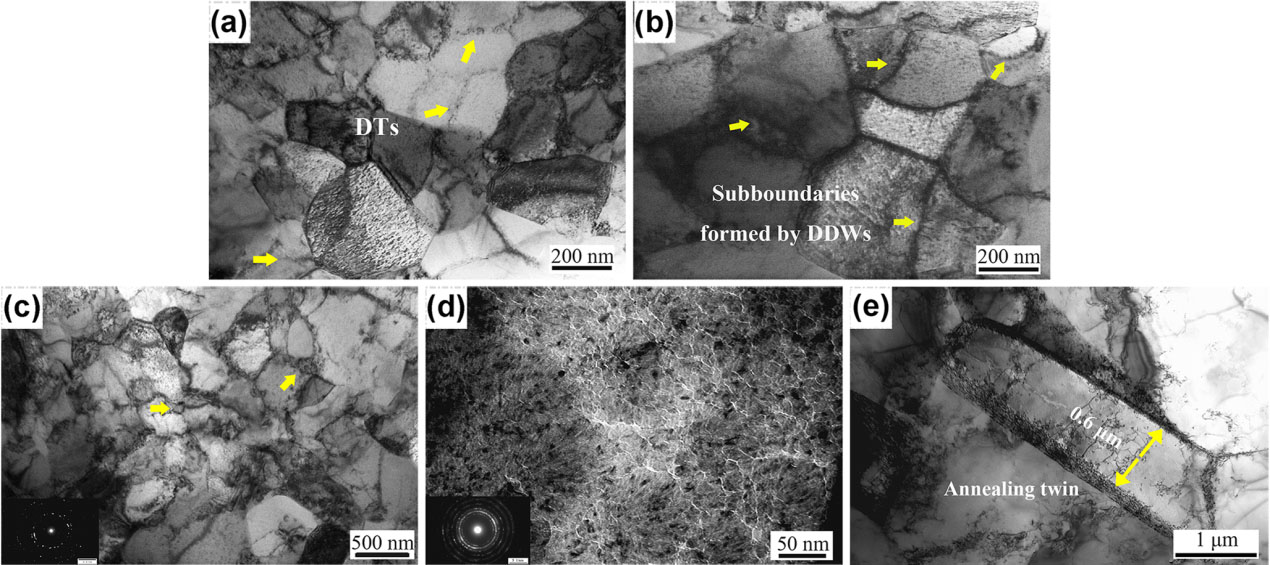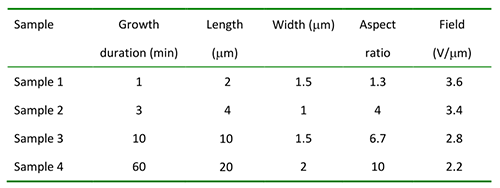Submission of papers
Online Submission: Manuscripts should be submitted using the ScholarOne manuscript available at:http://mc03.manuscriptcentral.com/ams .
Submission of a manuscript must be the original work of the author(s) and has not been published elsewhere or under consideration for another publication, or a substantially similar form in any other language.
Authors are encouraged to recommend three to five individuals (including their research fields, e-mail, phone numbers and addresses) who are qualified to serve as referees for their paper.
Manuscript Preparation
All manuscripts should be written in English. Letters are generally no more than three journal pages. Research articles and review articles have no page limit. The supporting organization and the grant number should be given in the section 'Acknowledgement(s)' of the manuscript.
Please Use double spacing and minimum 1-inch (3 cm) margins, and 12 pt font size standard fonts in the manuscript.
Title
The title of the paper should be concise but informative.
Author name(s)
A list of all authors, as well as corresponding addresses, should be provided on the title page. Authors’ names should be given in a consistent form on all publications to facilitate indexing. It will be better if the technical titles, fax number(s), e-mail address(es), and telephone number(s) are all provided.
Corresponding author. Clearly indicate who will handle correspondence at all stages of refereeing and publication, also post-publication. Ensure that phone numbers (with country and area code) are provided in addition to the e-mail address,the complete postal address and the title of a technical post and degree. Such as:Corresponding author. Prof., Ph.D.; Tel: +86 24 83978879;Fax: +86 24 2384760;E-mail address: ams@imr.ac.cn. Contact details must be kept up to date by the corresponding author.
Abstract
The abstract should be no longer than 300 words. It should be informative, without descriptive words or citations, and contain the major conclusions and quantitative results or other significant items in the paper. Together with the title, the abstract must be adequate as an index to all the subjects treated in the paper, and will be used as a base for indexing.
Keywords
Immediately after the abstract, provide a maximum of 6 keywords.
Mathematics
Variables should appear in italic text. Vectors should appear in bold italic text. Capital and lower-case letters should be distinguished clearly where there could be confusion. Fractional exponents should be used to avoid root signs. Extra symbols should be introduced to avoid complicated exponents or where it is necessary to repeat a complicated expression a number of times. The slash (/) should be used wherever possible for fractions. Mathematical derivations that are easily found elsewhere in the literature should not be used.
Notation
Notation must be legible, clear, compact, and consistent with standard usage. All unusual symbols whose identity may not be obvious, including subscript or superscript, must be made comprehensible. Physical and mathematical variables should be in italic, vectors in boldface. Units, abbreviations and special functions should be upright. Please add notes to explain any other special symbols.
Units
Follow internationally accepted rules and conventions: use the international system of units (SI).If other quantities are mentioned, give their equivalent in SI.
Figures
Format: High-resolution figures must be uploaded during manuscript submission. The preferred format for figure submission is TIFF format (*.tif).
1. Image Size: An image intended for the journal's double column format (i.e., an image to fit into the space of a single column on the 2-column layout), should be sized to 6.5 cm. Images submitted for a layout that spans full columns (i.e., an image that will occupy the full-page width) should be sized to 13.5 cm for two subgraphs and 15 cm for three subgraphs, respectively. In the figures, the main lines should be about 0.3 mm in width, and the assistant lines 0.15 mm. Notations in the figures should be distinct and consistent with the same ones in the text, and their font size will be about 20-22 pt.
2. Image Resolution: Line drawings and graphs must have a resolution of at least 1000 dpi when they are exported. Photographs and micrographs must have resolution of at least 300 dpi (600 dpi if there is text or line art in the figure). Please use LZW compression (which does not affect resolution) when saving figure files. Lower-resolution images will not reproduce properly and will not be accepted.
1. Data graph:

Notes: 1). All ticks should be the inner side of coordinates;
2). Titles of coordinates should be with the formula “Quality (unit)”, such as “Intensity (a.u.), 2θ (deg.)”;
3). All fonts should be “Arial”;
4). Circle type symbols are preferred;
5). The graph should be framed with four axes;
6). The first letter of the first word should be capital for the word in the axis and graphs, such as “Annealing twins”.
2. Photographs: The first letter should be capital for the word in the figures. Generally, it is better that 3 (6 or 9) subgraphs and 5 subgraphs are arranged as follows:
Figure 1

Figure 2

Table list:
Table 1 Turn-on fields of the MoO3 microbelt films of different aspect ratios

Mathematics
Special care should be given to make equations and formulas clear to the typesetter.
Variables should appear in italic text.
Vectors should appear in bold italic text.
Capital and lower-case letters should be distinguished clearly where there could be confusion.
Fractional exponents should be used to avoid root signs.
Extra symbols should be introduced to avoid complicated exponents or where it is necessary to repeat a complicated expression a number of times.
The slash (/) should be used wherever possible for fractions.
Mathematical derivations that are easily found elsewhere in the literature should not be used.
References
References to journal publication:
[1] Y. Zhang, L. Ren, M. Li, X. Lin, H.F. Zhao, K. Yang, J. Mater. Sci. Technol. 28 (2012) 769–772. (Do not provide reference titles and DOI.)
References to book:
[1] W. Strunk Jr., E.B. White, The Elements of Style, third ed., Macmillan, New York, 1979. pp. 334–339.
Reference to proceeding:
[1] F. Masuyama, L.B. Adams, in: Proceedings to the 4th International Conference on Advances in Materials Technology for Fossil Power Plants, Hilton Head Island, South Carolina, U.S., October 25–28, 2004.
Reference to dissertation
[1] X.H. Ma, The Preparation and Property Research of Hydroxyapatite Flurescent Nano Particle, Ph.D. Thesis, Wuhan University of Technology, 2007. (in Chinese)
Reference to patent
[1] C.G. Bai, L. Murr, W. Smith, A Novel Method for Preparing Al Base MMC, US Patent, No. 200101133, 2001.
Reference to online literature
[1] H.R. Sheikh, Z. Wang, L. Cormack, A.C. Bovik, Live Image Quality Assessment Database Release 2, http://live.ece.utexas.edu/research/quality, September 8, 2006.
Special Note:
According to the "Management Measures on Collection and Payment of Science and Technology Journals of Institute of Metals, Chinese Academy of Sciences", the editorial office will inform the author by email to pay the publication fee after the paper is accepted.
(金属学报(英文版)编辑部为全成本核算部门,根据《中科院金属所科技期刊收付费管理办法》,论文排版后,编辑部会对该论文进行收费,标准为400元/页(人民币),并email通知作者缴纳论文发表费。)